Whatsapp Communities — Much needed or a bad move?
A few days back WhatsApp announced that it is launching Communities, one of its most anticipated features in recent times very soon. But is this really a good move by Meta? Here’s a brief post around it.
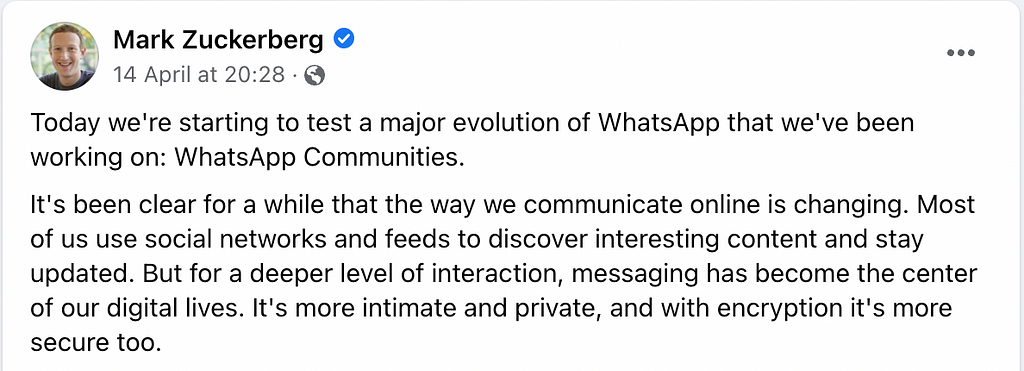
That’s how Zuckerberg started his 452-word-long Facebook post announcing the launch of the WhatsApp Communities feature — something the Meta team has been working on all the way back since 2020.
So what exactly is the new Communities feature?
Gone are the days when WhatsApp was used only for chatting with friends and family. Unless you’re one of those admirable few people who have managed to keep their work communication off their WhatsApp chats or maybe one of those people who don’t mind carrying two phones around chances are you are also amongst the millions of people who get frustrated when their work and personal chats get mixed on Whatsapp.
Does your WhatsApp also look something like this these days?
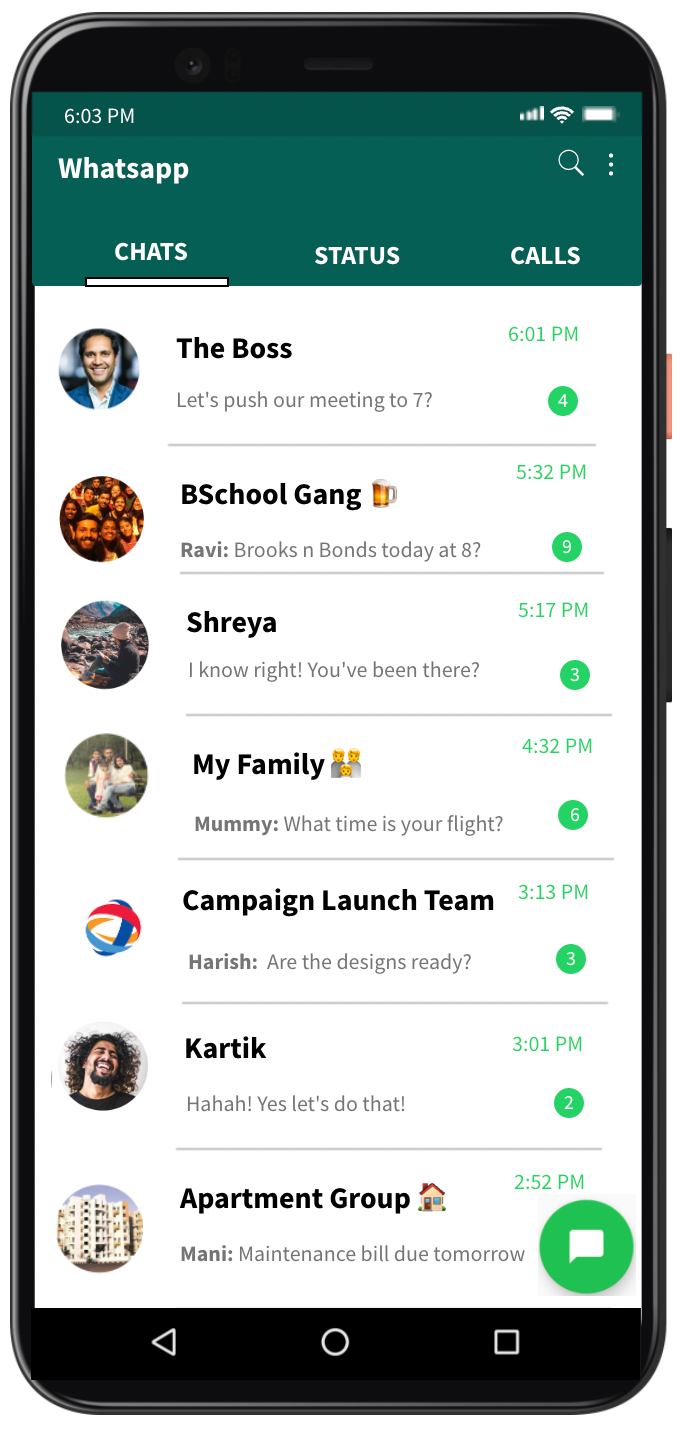
Today, most of us have multiple office-related groups on our WhatsApp. Add to that, there will is always some blessed soul in the office who every now and then creates a new office WhatsApp group for some new project that you‘re working on because this project (just like all the other projects) would be “very important” and one that requires “close collaboration”. Whatever gets the job done right?
WhatsApp is finally choosing to solve this by launching the Communities feature. WhatsApp Communities aims to help people bring multiple groups together under one umbrella within a structure that works for them.
Think of a Community like a directory of groups.
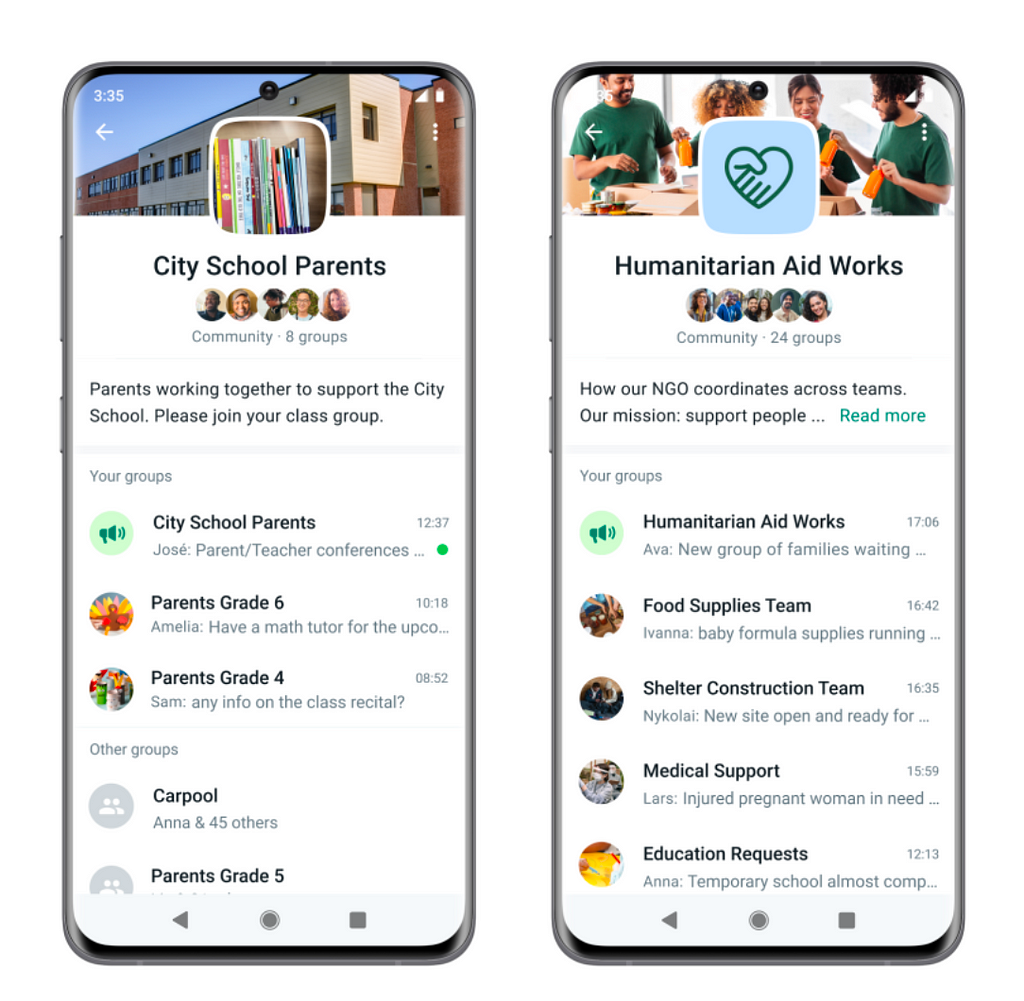
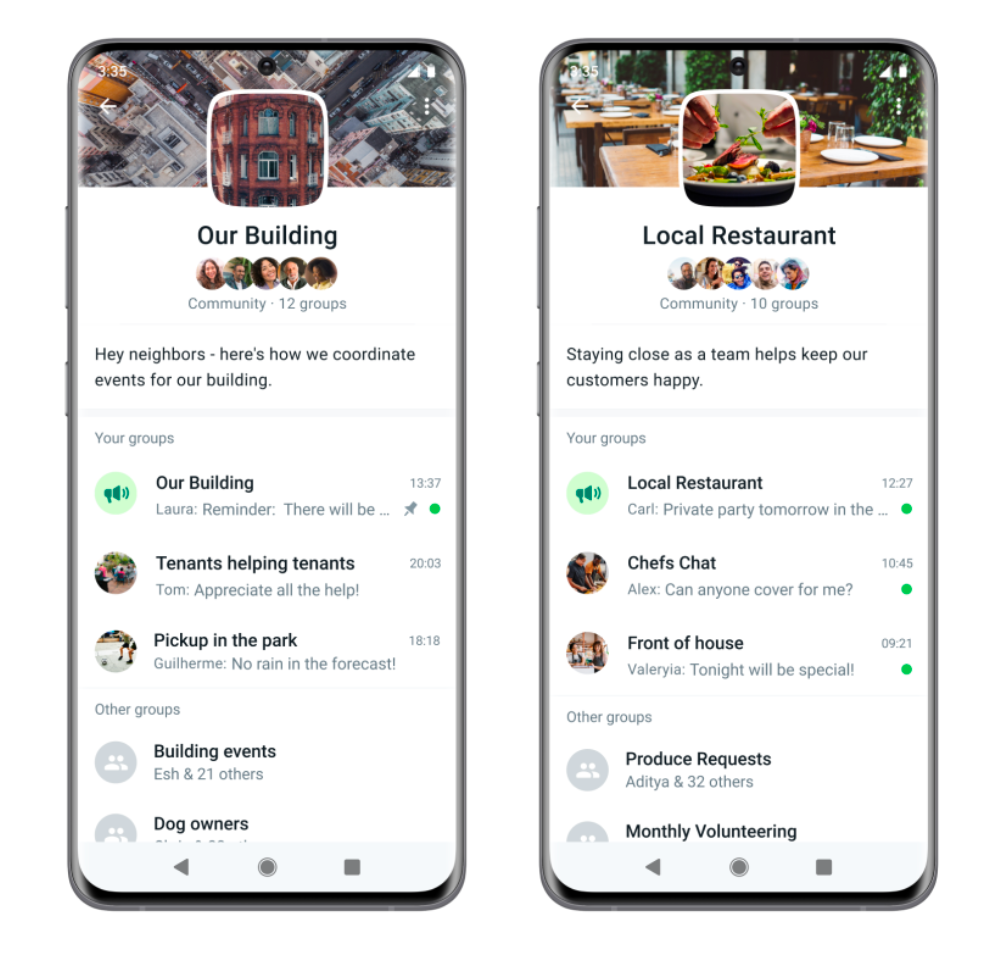
To get started on Communities, users will simply add their different group chats under separate Communities. So your group chats with your boss and co-workers go under a community called ‘The Office’ and all the group chats related to your building/apartment complex go under a separate Community called ‘My Building’ and so on…
Within a Community, everything remains pretty much the same at it is within a group chat on WhatsApp today. There’s an admin who can add people to the Community either directly or by sharing a link. As a member of a Community, you can make your bio, send messages, initiate group voice or calls and have the freedom to leave the Community at any time.
Meta is bringing out the big guns for this feature
While Zuck and the top executives at Meta may be focused on building out their vision for the Metaverse at present, the company is certainly bringing out the big guns and spending hundreds of millions of dollars on rolling out this highly anticipated new feature on WhatsApp.
Meta plans to roll out a ton of much-awaited features on WhatsApp in the weeks leading up to the launch of the Communities feature.
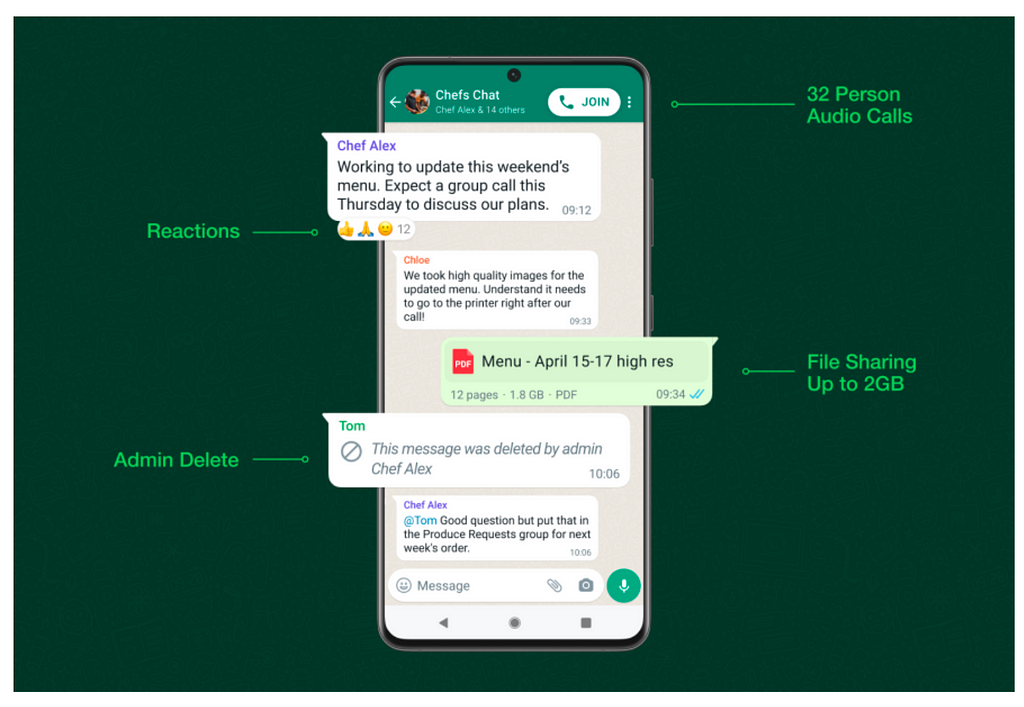
Here are some other features getting added to WhatsApp:
- Reactions: Share emoji reactions with your close ones and avoid flooding their chats with new messages.
- Admin Delete: Group admins will be able to remove errant or problematic messages from everyone’s chats.
- File-Sharing: Increased file sharing to support files up to 2 gigabytes so people can easily collaborate on projects.
- Larger Voice Calls: One-tap voice calling for up to 32 people with an all-new design for those times when talking live is better than chatting.
But is this really the right move by Meta?
The internet is flooded with products that we were once addicted to but now barely use.
Remember Facebook? The once beautiful platform has now become so cluttered and border-line obsolete that most of us just use it now to keep a lookout for our friends’ birthdays and post the occasional ‘family-friendly’ pictures and videos on the platform.

What works for WhatsApp is its simplicity
From amazing navigation which allows you to do anything and everything on the app with just 2–3 taps on your phone to how over the years, the company has maintained its laser focus on primarily two things — chats and calls.
Introducing a potentially complex feature like Communities could lead to the Facebookisation of WhatsApp
How would that happen? Once people become comfortable with using the Communities feature they will create more and more groups within a Community which in turn will flood users with more and more unread messages. Remember what happened with Facebook Notifications? Take a second to think about this.
Would you really want to waste your time clearing out unread messages in the ‘Amazing Kitchen Recipes’ group chat of your ‘My Building’ Community on WhatsApp?
Meta’s core vision for WhatsApp is to make it the next big thing to an in-person conversation. It’s only when you think about things keeping this core vision in mind that things start becoming clearer.
With more and more companies, schools and nonprofits relying on WhatsApp to ‘get things done’ — especially since the pandemic which forced us all to find creative ways to work together while apart, there is an increasing need for WhatsApp to understand different aspects of our lives and better organise our discussions on the platform.

What’s more, is that the Communities feature will also come equipped with powerful new organisational features that hundreds of millions of users have been requesting for years now such as in-app announcements and group polls.
With even the die-hard WhatsApp loyalists increasingly becoming frustrated with their work and personal chats getting mixed up and as a result, the app’s user experience not being as good as it used to be a few years back, the need of the hour is to remove the ‘noise’ from our WhatsApp. It may be many months before the Communities feature is rolled out to everyone, but once it does it’ll be worth keeping an eye out to see what happens.
Whatsapp Communities — Much needed or a bad move? was originally published in UX Collective on Medium, where people are continuing the conversation by highlighting and responding to this story.